
Some years ago, those who ate oysters were the ones fortunate enough to travel abroad or to have enough money to give themselves a little treat and buy the imported product. However, now oysters are being produced in the country and their cradle is the Gulf of Nicoya.
Since the beginning of 2015, a group of neighbors and relatives from Abangares of Colorado gave life to the Acuamar project, which cultivates organic oysters. Organically produced oysters are not submitted to chemical processes, but Acuamar does not have an organic certification because it does not exist in Costa Rica for oysters.
Raimundo Noguera, 60 years old and a member of the Acuamar association, related that six years ago, his son, Alex, visited Spain and came back with the idea of cultivating oysters.
“My son always wanted to raise snapper, but when he went to Europe, he was introduced to oysters and that’s how the idea for the project was born. In around 2009, we started looking for advice and that’s how everything started,” Noguera related.
The family sought support from the Marine Biology Station of Puntarenas, which is part of the National University of Costa Rica, where they received training and got connected to other institutions that helped them. The Ministry of Agriculture and Livestock donated ¢14 million ($26,415) to them and IMAS contributed ¢40 million ($75,470), while UNA took charge of all of the cultivation training.
Acuamar began in 2010 with an oyster farm near Paquera, where they raise and package the oysters for marketing. Everything happens in a houseboat that uses electricity from solar panels (see Process).
Nevertheless, oyster reproduction is very difficult to do naturally, so the Marine Biology Station has a “seeds” laboratory of baby oysters, which is responsible for crossing species and delivering them when they are just three millimeters in size. In the country, in addition to Acuamar, there are five groups that are also engaged in oyster production in Golfo Dulce and the Gulf of Nicoya, who receive seeds from the Marine Biology Station.
When they feed on algae and plankton in the sea, they oysters serve as natural water purifiers, so cultivating them is favorable for the ocean.
Oysters to Eat
Besides being an innovative project, eight people are seeing benefits from this business since it has become a source of employment.
“I was not a fisherman. I was a corn and rice farmer, but the drought has been so strong that I was ruined and I had to start looking at what to do,” Noguera commented.
Another case is that of Maria de los Angeles Yzaba, Noguera’s wife, who says Acuamar has provided a great deal for her family, because before she didn’t have a job.
For now, the small company is selling up to 1,000 oysters a week, which reach more than eight centimeters in size. They are sold in some markets in San Jose and through orders, but they are limited because they depend on seeds from the university.
“This is a great project! In another country, we would be raking in the money. The problem is that we depend on the seeds that they send us since we do not have the money to make a laboratory, much less for the preparation for reproduction. That requires a biologist,” Noguera remarked.
The lab sends between 6,000 and 20,000 oysters per month. However, on average only 30% of those seeds manage to grow. Given this scenario, UNA has a project to create another lab in Punta Morales of Chomes to increase seed production.
Without losing motivation, members of Acuamar dream of exporting their oysters beyond the Costa Rican borders and being a source of employment for many Ticos that are currently unemployed.
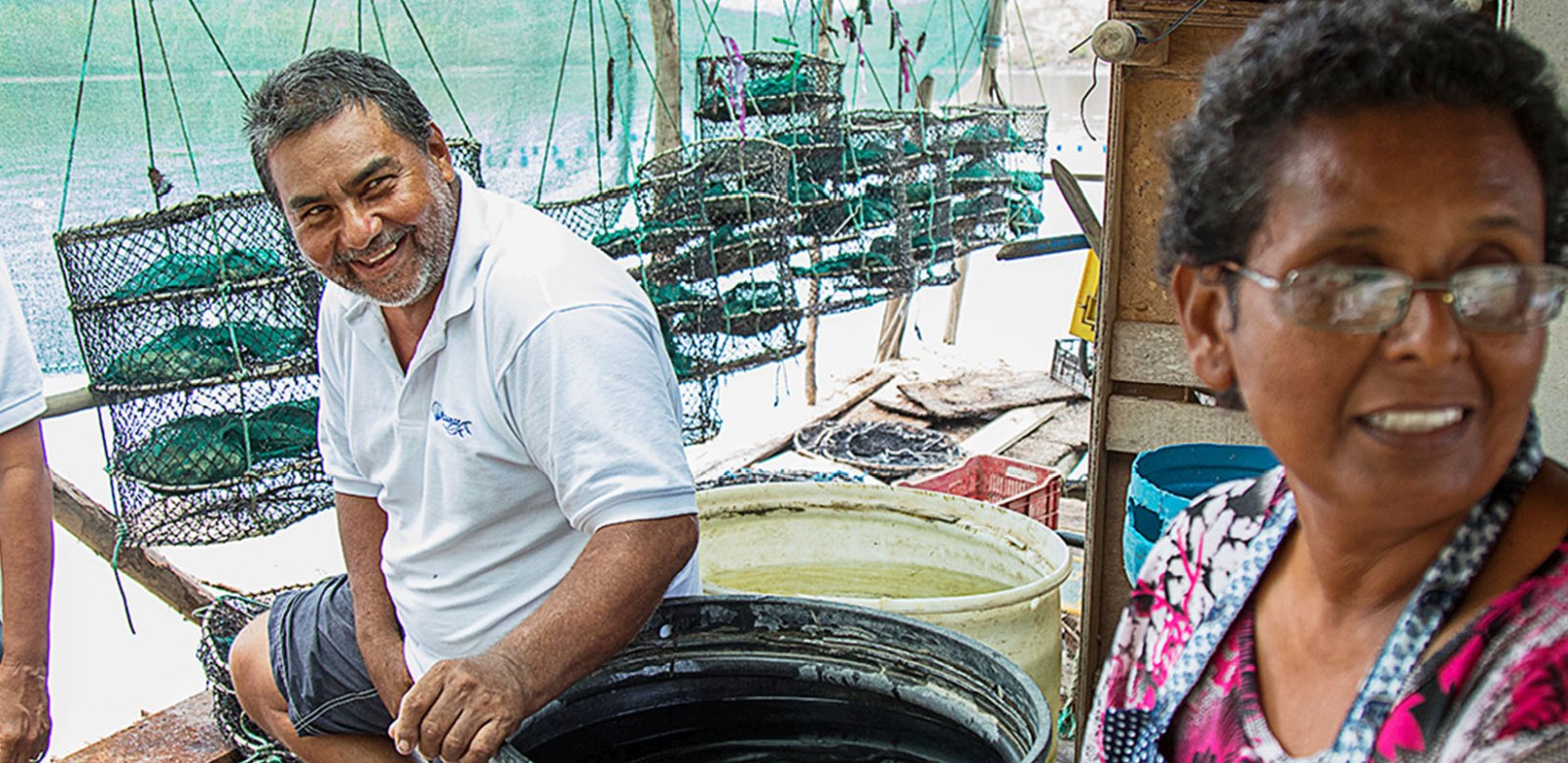
Raimundo Noguera and Marta Guadamuz work at one of the two production units that are part of the Acuamar oyster project. In this space, they cook and live with six other employees the majority of the time
|
How Are Acuamar’s Oysters Cultivated? 1. When Acuamar receives the 3-millimeter baby oysters that come from the lab, they are placed in tanks with filtered seawater to clean them until they reach a size of 4.2 millimeters. This can take 8-15 days. |
|
SIf you want more information about Acuamar or to order oysters, you can call 8825-6538. |


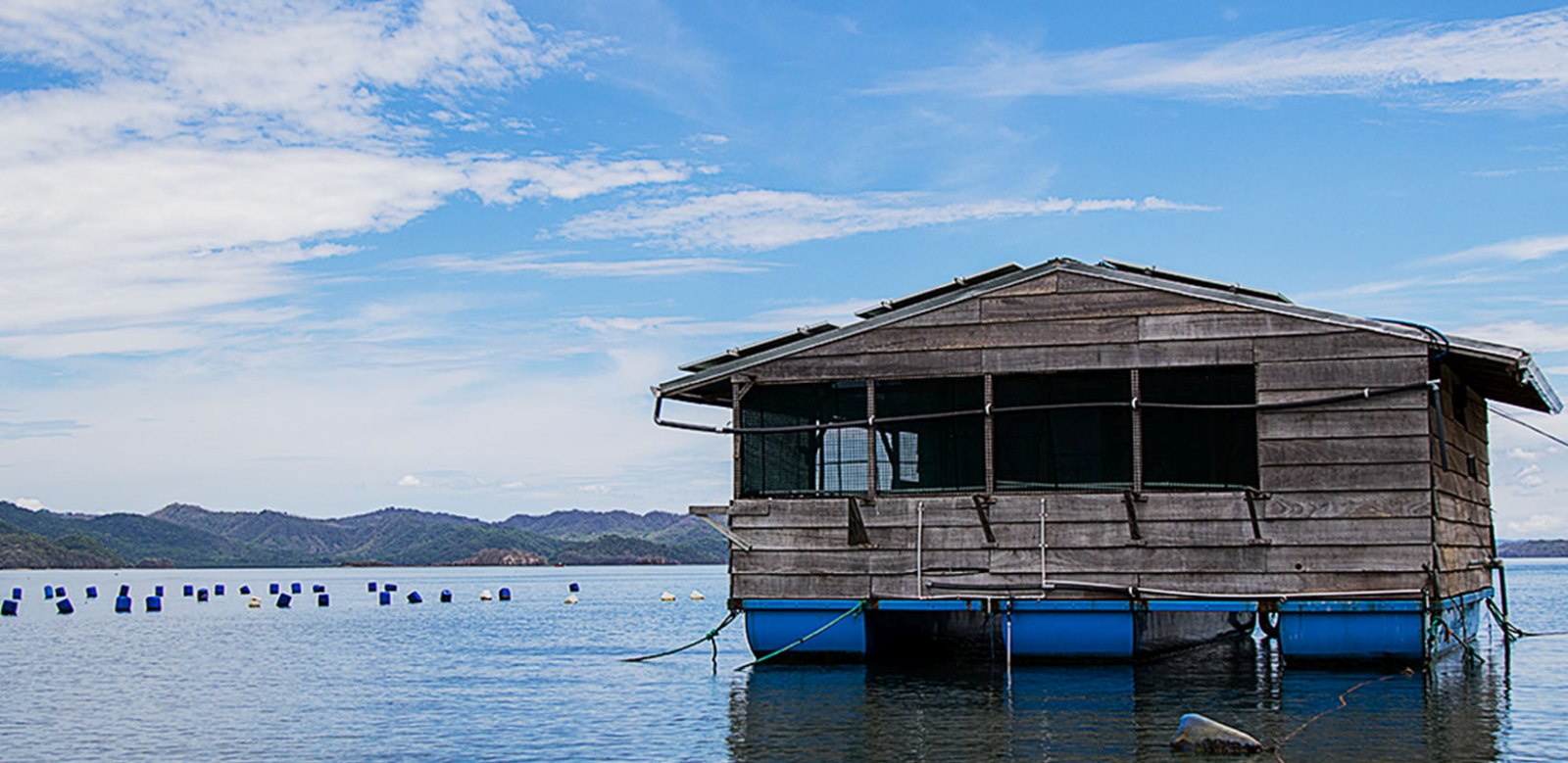
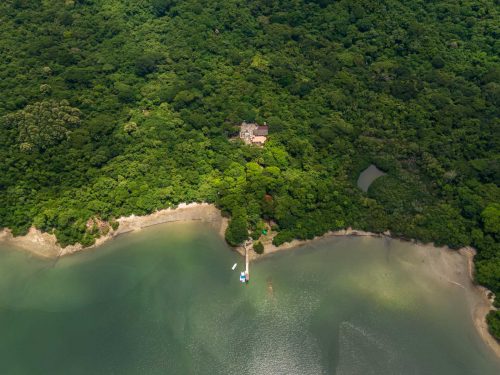
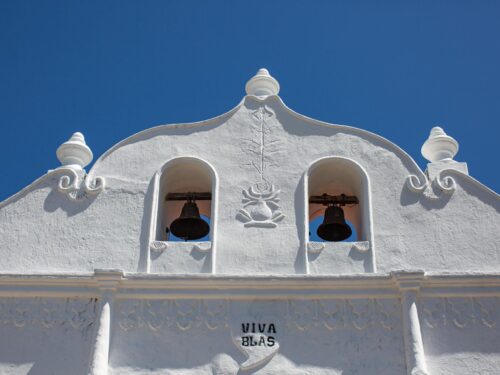
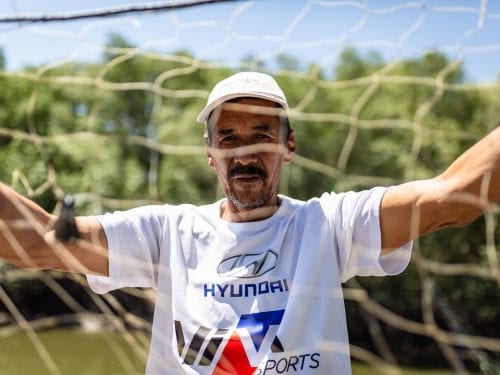

Comments